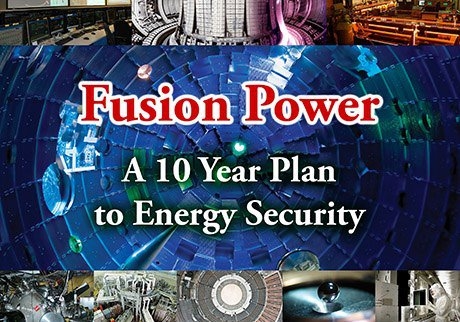
Fusion News: PhysOrg- Fusion instabilities lessened by unexpected effect
In December, the Physical Review Letters reported that an experiment with a Helmholz coil showed clues to controlling nuclear fusion at the Sandia National Laboratories’ powerful Z machine. As reported by Phys.org in the article “Fusion instabilities lessened by unexpected effect:”
A Helmholz coil produces a magnetic field when electrified. In recent experiments, two Helmholz coils, installed to provide a secondary magnetic field to Z’s huge one, unexpectedly altered and slowed the growth of the magneto-Rayleigh-Taylor instabilities, an unavoidable, game-ending plasma distortion that usually spins quickly out of control and has sunk past efforts to achieve controlled fusion. “Our experiments dramatically altered the nature of the instability,” said Sandia physicist Tom Awe. “We don’t yet understand all the implications, but it’s become a different beast, which is an exciting physics result.”
This approach came from the articles written by Steve Slutz.
The overall approach of Awe and his colleagues uses a method described in two papers by Sandia theorist Steve Slutz. In a 2010 article in Physics of Plasmas, Slutz suggested that the magnetic field generated by Z could crush a metallic liner filled with deuterium, fusing the atoms. Slutz and co-authors then indicated, in a 2012 paper in Physical Review Letters, that a more powerful version of Z could create high-yield fusion—much more fusion energy out than the electrical energy put in.





